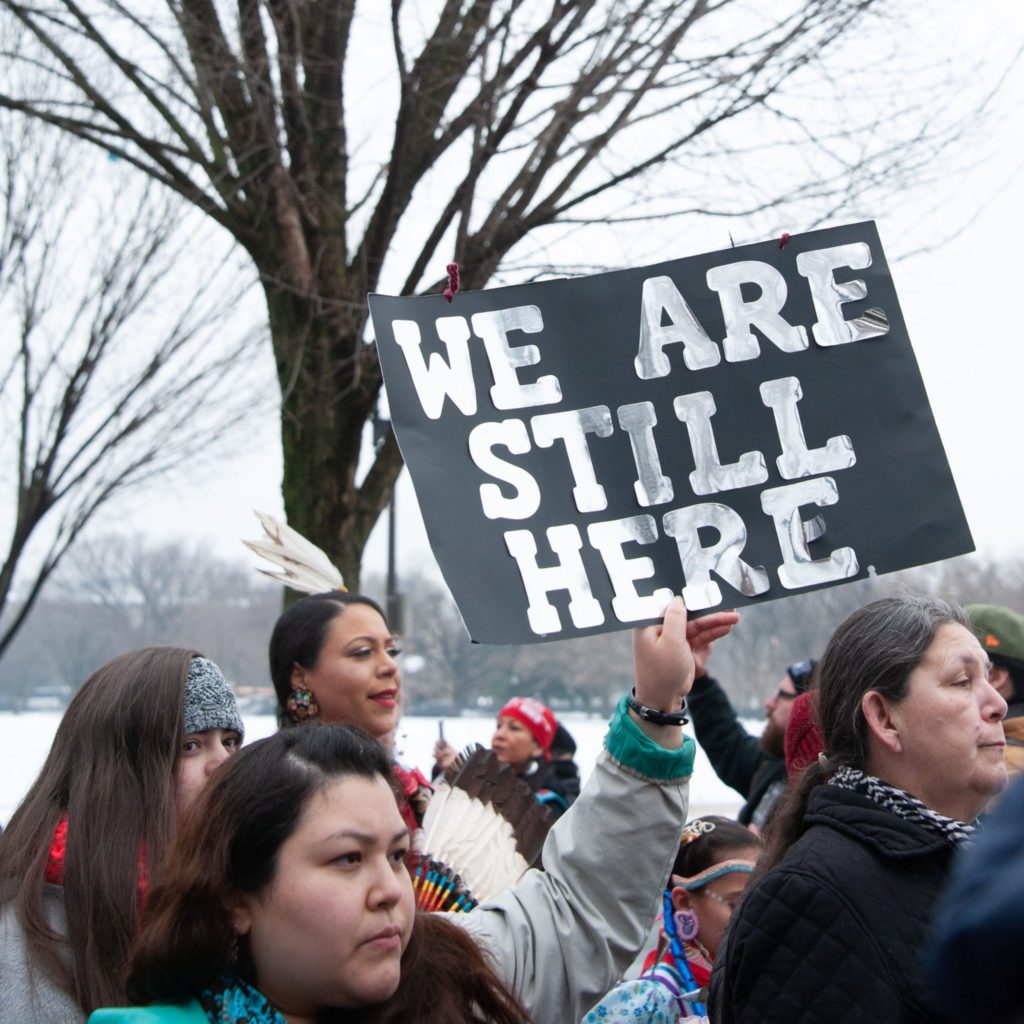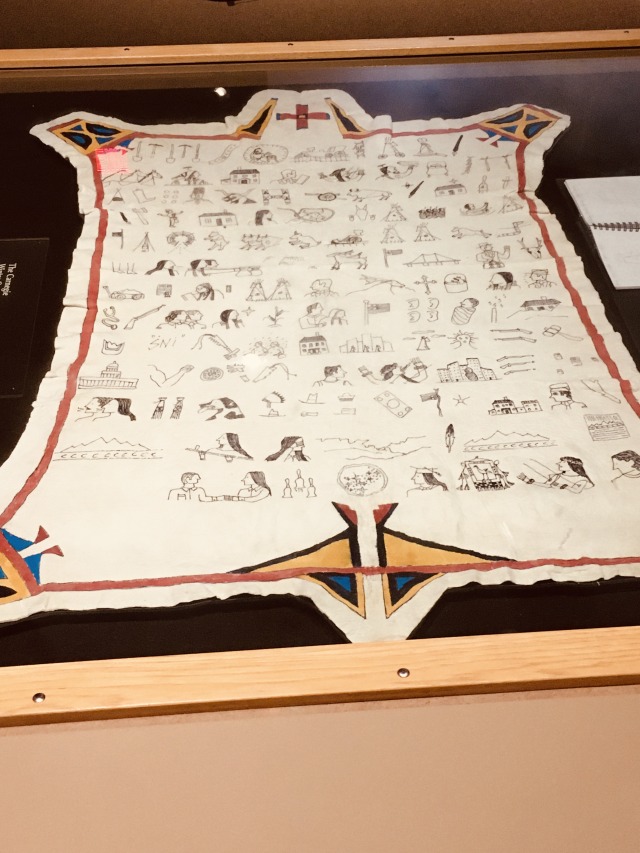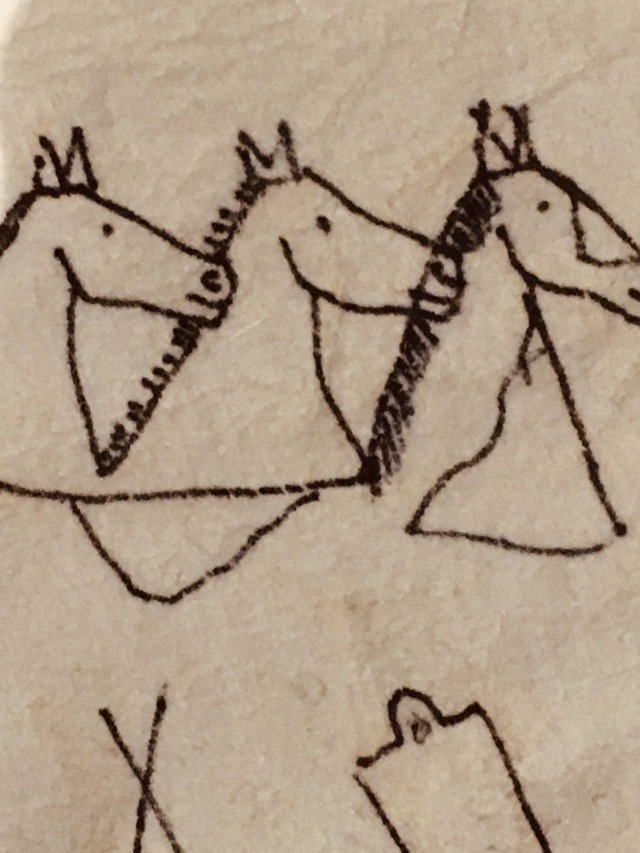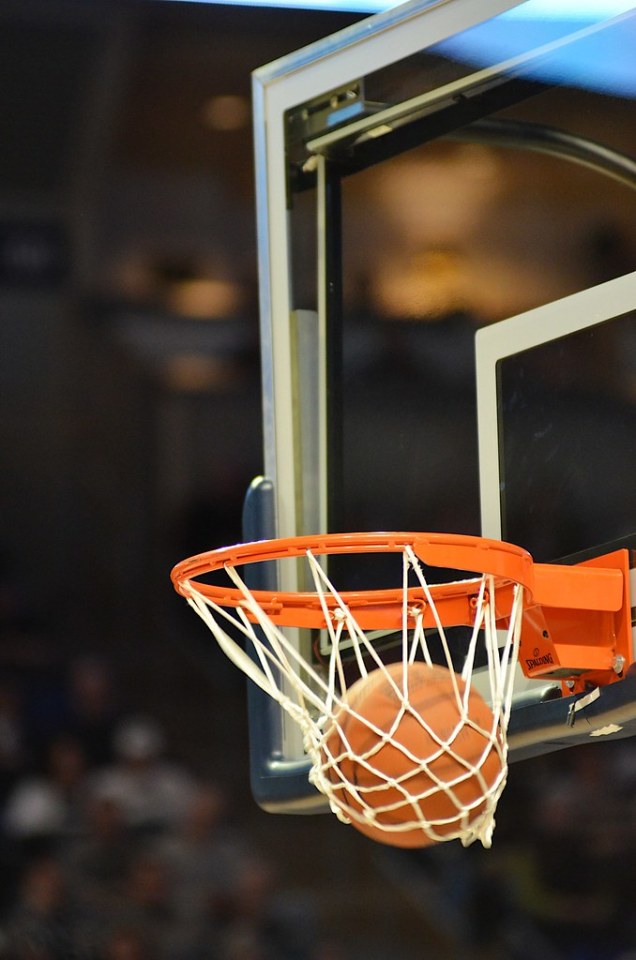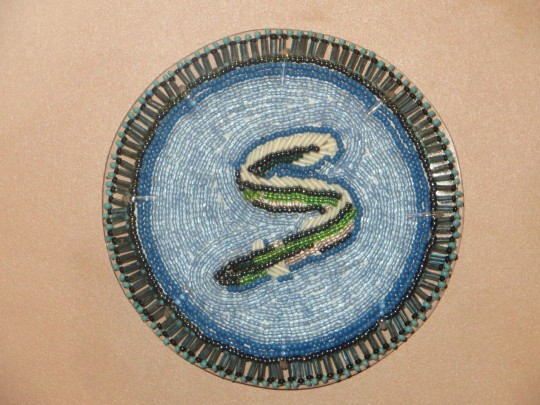by Amy L. Covell-Murthy
The Association on American Indian Affairs (AAIA) celebrated its 100th anniversary in 2022, making it the oldest non-profit serving Indigenous Nations in the United States. Founded in 1922 to promote sovereignty and self-sufficiency by halting assimilation, termination, and allotment, the AAIA continues to advocate at a national level, while supporting grassroots level implementation of Tribal programs.
As part of our ongoing repatriation work at CMNH and as a member of AAIA, I attended the annual meeting in Shawnee, Oklahoma last week. I received training in the new regulations of the Native American Graves Protection and Repatriation Act, met Tribal and Institutional representatives who share in the same work that I do, and learned more about how the AAIA is helping to educate and advocate. One thing I am excited to share is that the AAIA declared December 2-9, 2023 as the 2nd Annual Tribal Museums Days and has created an interactive map of where participating museums are located. If you would like to visit a Tribal Museum in person, the closest to Pittsburgh is the Onöhsagwë:de’ Cultural Center in Salamanca, New York. While the museum might not be open on the weekend, you can support them through their online gift shop.

At the meeting, I was fortunate enough to be able to attend an Indigenous author event called Ink and Impact: Our Stories Make a Difference, which featured Angeline Boulley, Kim Rogers, Andrea L. Rogers, and Sara Elisabeth Sawyer. During the Q&A an audience member asked how we could help spread the word about their amazing books and other Indigenous works. They offered quite a few suggestions, including ordering a set of books to donate to a local library or classroom. My sister happens to be a reading teacher in Franklin, PA, so as a donation to her classroom in honor of Native American Heritage Month (which is in November!) she’ll be receiving Boulley’s Firekeepers Daughter and Warrior Girl Unearthed, and Sawyer’s Anumpa Warrior: Choctaw Code Talkers of World War I, as well as a few other books by Louise Erdrich. Another suggestion was to use our social media platforms to not only elevate Indigenous authors, but to also promote Indigenous owned book sellers.
So…. I am happy to promote Green Feather Book Company of Norman, Oklahoma. They were present all week at the meeting selling the books featured at the event and other Indigenous works. They have an easy online ordering feature, and you can buy all four of these author’s book here along with many others.
Remember, if you can’t buy a copy, it costs nothing to request to borrow them through your local library. This also benefits the authors and spreads the word. Happy Reading!
Amy L. Covell-Murthy (she/her) is Archaeology Collection Manager/Head of the Section of Anthropology.
Related Content
Celebrating Indigenous Peoples’ Day 2023
Staff Favorites: Dolls in the Museum’s Care
Bringing a Little O-Gah-Pah to Pittsburgh
Carnegie Museum of Natural History Blog Citation Information
Blog author: Covell-Murthy, Amy L.Publication date: November 17, 2023
